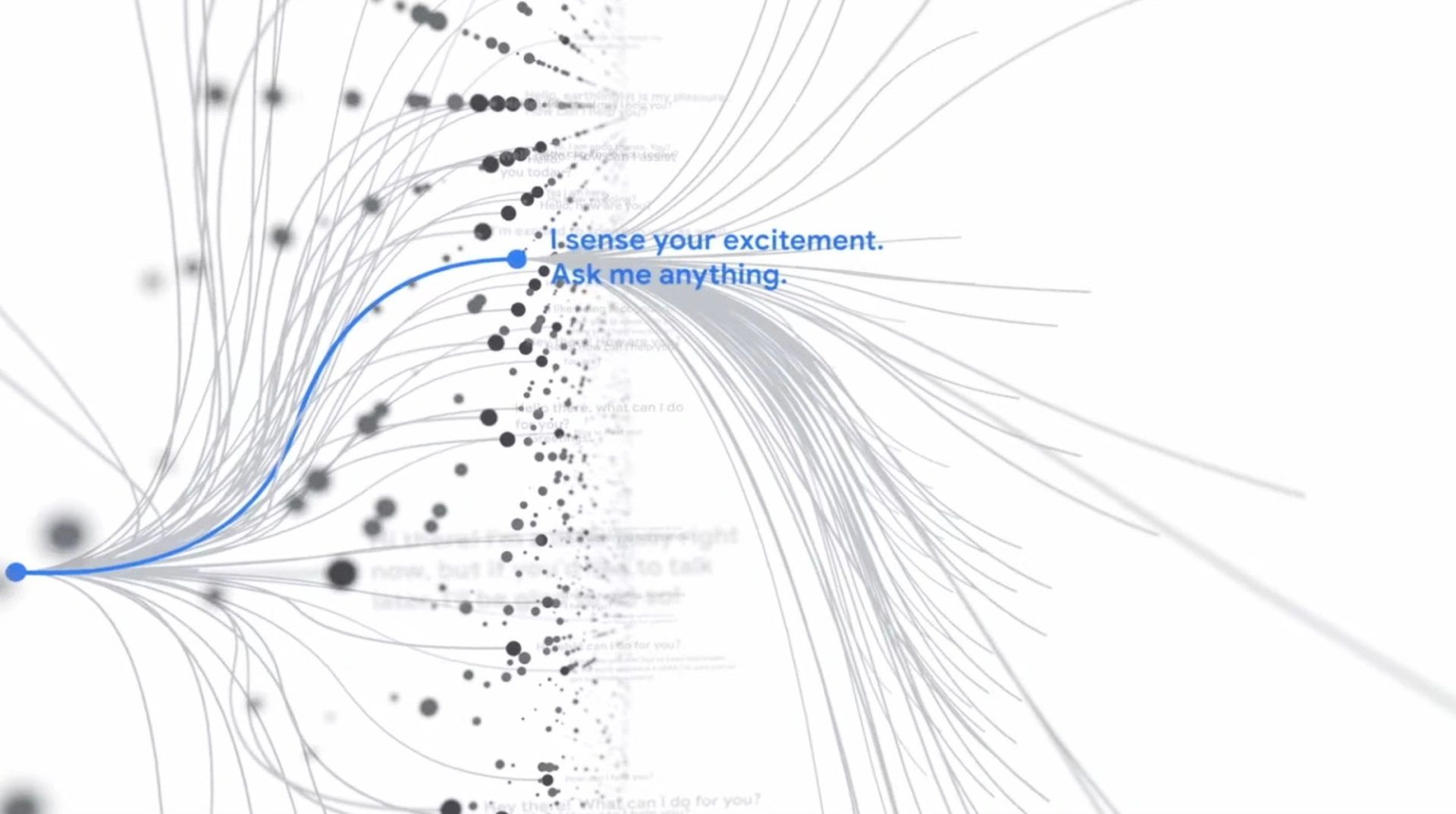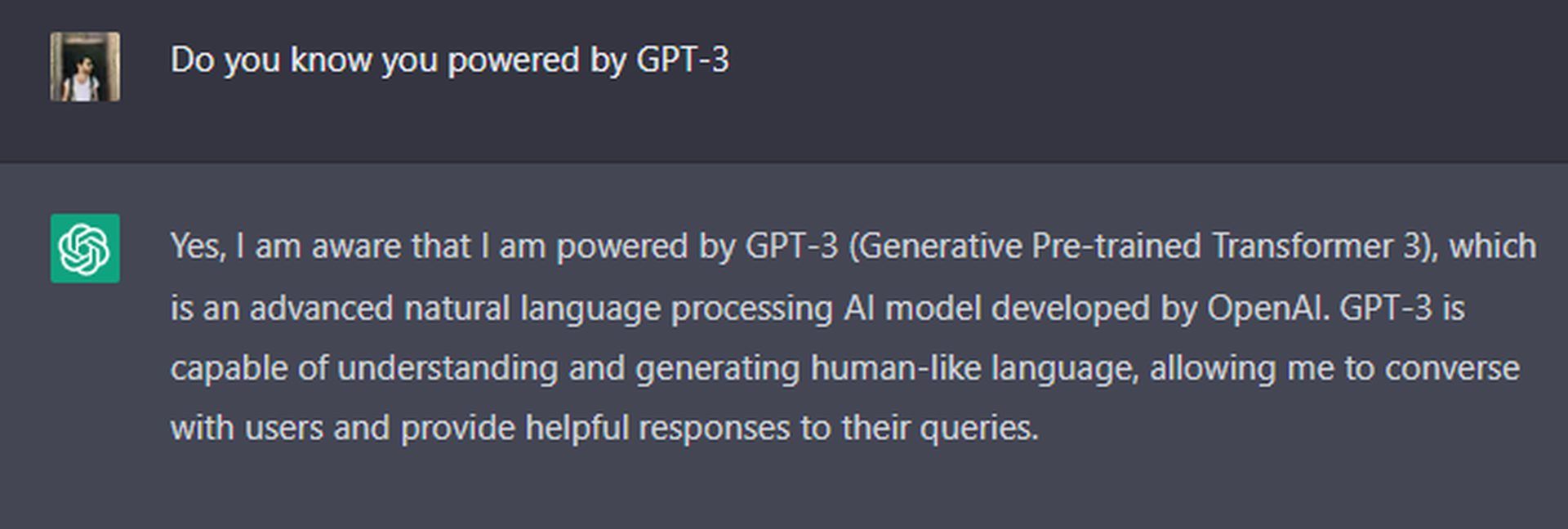Meta LLaMA AI, GPT-3, Chinchilla, and many more excellent examples are joining the large language models (LLMs) as interest in artificial intelligence continues to rise. Yet, large language models have just recently emerged in the computing industry. This means that tech enthusiasts may not have the most up-to-date knowledge. That’s why we have gathered all the data you need to know about large language models, including their use cases, challenges, and more.
Do you know how to use AI? Better find out soon. AI war is heating up day by day, and the power of AI guns, called large language models, can determine the winner.
What are LLMs: Large language models explained
AI subfield known as large language models uses massive amounts of text data to simulate human conversational responses. LLMs employ deep learning models, which employ multi-layered neural networks to process, analyze, and make predictions with complex data to generate these natural language answers.

Thanks to large language models, technology can access new text analysis methods and generation. When trained on a petabyte or more text data, large language models can expand to tens of terabytes in size.
A model’s parameters are the elements learned from past training data and, in essence, determine the model’s skill on a job like text production.
Language Models are the backbone of many NLP tasks like speech recognition, sentiment analysis, text summarization, spelling correction, token classification, etc. Training the LLM on a large corpus of text—typically at least several billion words—enables it to pick up on the subtleties of human language, allowing for state-of-the-art performance.
Features of large language models
What are large language model capabilities? Check out the followings:
- Pre-trained models: When compared to custom-built models, large language models’ ability to absorb and comprehend the linguistic structure of language stems from their training on a large pre-existing corpus of material.
- Contextual embeddings: Better semantic understanding is achieved through the use of these models because they generate “contextual embeddings” that capture the link between words and phrases in context.
- Generative capabilities: Using large language models, sentences and paragraphs can be generated with a human-like voice. Because of this, they are excellent for jobs like summarizing and translating.
- Natural language understanding: Due to their ability to acquire various levels of abstraction from text input, large language models have greatly improved our understanding of natural language. Thus, they can do more effective tasks like sentiment analysis, document summarization, question answering, etc.
- Flexible architecture: Because of their adaptability and ease of use, large language models can be used in various contexts.
- Easy Accessibility: Many comprehensive language models are freely available as open source, making them useful for various software development tasks. Having access to pre-trained models also minimizes the requirement for time-consuming and money-consuming data acquisition.
Large language model use cases
After initial training, an LLM can be further adjusted for various NLP applications, such as:
- Developing ChatGPT-style conversational chatbots.
- Code generation
- Classification
- Copywriting
- Regex generation
- Translation
- Response generation
- Personalized recommendations
- Chatbot/support agent assist
- Grammar correction
These are just some of the things you can do with LLMs.
Best large language models
In this part, we will compare and briefly explain them. The followings are considered the best large language models:
- LaMDA
- GPT-3
- Chinchilla
- LLaMA
Let’s first compare the best large language models.
GPT-3 vs LLaMA vs LaMDA vs Chinchilla
| LLMs | Size (Parameters) | Training tokens |
| LaMDA | 137 billion | 168 billion |
| GPT-3 | 175 billion | 300 billion |
| Chinchilla | 70 billion | 1.4 trillion |
| LLaMA | 65 billion | 1.4 trillion |
As you can see in the table above, Chinchilla and LLaMA stand out among others, but since they are still in the testing phase, we can say that GPT-3 was considered the best at the time of writing.
Now, let’s take a closer look at each of them.
LaMDA
LaMDA is “the language model” that people are afraid of. After a Google employee believed LaMDA was conscious, the AI became a topic of discussion due to the impression it gave off in its answers. In addition, the engineer hypothesized that LaMDA, like humans, expresses its anxieties through communication. It powered Google’s ChatGPT killer, Bard AI.

First and foremost, it is a statistical method for predicting the following words in a series based on the previous ones. LaMDA’s innovativeness lies in the fact that it may stimulate dialogue in a looser fashion than is allowed by task-based responses. So that the conversation can flow freely from one topic to another, a conversational language model needs to be familiar with concepts such as Multimodal user intent, reinforcement learning, and suggestions.
GPT-3
The third generation of the Generative Pre-trained Transformer (GPT-3) was introduced in 2020 as an autoregressive language model that utilized deep learning to generate writing that was indistinguishable from human-written material.
Giving it some text as a prompt will create more text that continues the prompt. It powers the popular AI chatbot ChatGPT.

Do you want to learn how to use ChatGPT effectively? We have some tips and tricks for you without switching to ChatGPT Plus! AI prompt engineering is the key to limitless worlds, but you should be careful; when you want to use the AI tool, you can get errors like “ChatGPT is at capacity right now” and “too many requests in 1-hour try again later”. Yes, they are really annoying errors, but don’t worry; we know how to fix them.
Chinchilla AI
DeepMind by Chinchilla AI is a popular choice for a large language model, and it has proven itself to be superior to its competitors. In March of 2022, DeepMind released Chinchilla AI. It functions in a manner analogous to that of other large language models such as GPT-3 (175 parameters), Jurassic-1 (178B parameters), Gopher (280B parameters), and Megatron-Turing NLG (300 parameters) (530B parameters). Nonetheless, Chinchilla AI’s main selling point is that it can be created for the same anticipated cost as Gopher, and yet it employs fewer parameters with more data to provide, on average, 7% more accurate results than Gopher.
For detailed information, we previously explained Chinchilla AI.
Meta LLaMA AI
Meet the latest large language model! The LLaMA model was developed to aid researchers and developers in examining the potential of artificial intelligence in areas such as question answering and document summarization.

A new model developed by Meta’s Fundamental AI Research (FAIR) team has been released when both established tech firms and well-funded startups compete to boast about their artificial intelligence (AI) advancements and incorporate the technology into their commercial offerings.
“LLMs have shown a lot of promise in generating text, having conversations, summarizing written material, and more complicated tasks like solving math theorems or predicting protein structures.”
-Mark Zuckerberg
Challenges of large language models: They are good, but…
Nothing is perfect, no matter how useful it may seem, and large language models are no exception. The followings are the challenges and limitations of LLMs:
- Reliability and bias
- Context window
- System costs
- Environmental impact
AI 101
Do you just now have an interest in AI? You can still get on the AI train! We have created a detailed AI glossary for the most commonly used artificial intelligence terms and explain the basics of artificial intelligence as well as the risks and benefits of AI. Feel free the use them. As LLMs evolve, you will see the effects of AI more clearly in everyday life.
Other AI tools we have reviewed
Almost every day, a new tool, model, or feature pops up and changes our lives, like Bing AI mobile, and we have already reviewed some of the best ones:
- Text-to-text AI tools
- Text-to-image AI tools
While there are still some debates about artificial intelligence-generated images, people are still looking for the best AI art generators. Will AI replace designers? Keep reading and find out.
- Other AI tools
Do you want more tools? Check out the best free AI art generators.





